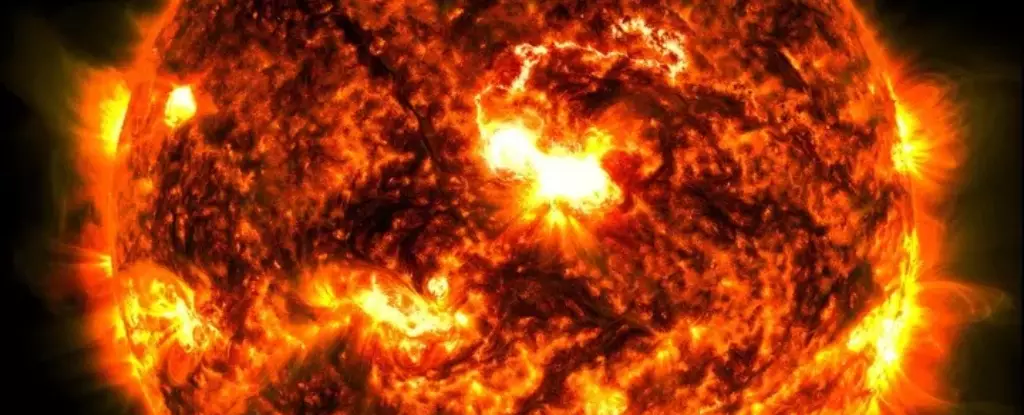The sun, a colossal sphere of plasma, continuously influences the heliosphere, and at times, this influence manifests in dramatic ways. US forecasters are bracing for significant solar activity as a coronal mass ejection (CME) is projected to impact Earth soon, ushering in the potential for mesmerizing auroras across unusually far southern locales. As we delve deeper into the implications of this solar event, we will explore what CMEs are, their possible dangers, and the captivating beauty of auroras, while also reflecting on how our society prepares for such phenomena.
A coronal mass ejection occurs when the sun releases a vast amount of plasma and magnetic field into space. These solar events can travel at immense speeds—up to 2.5 million miles per hour—and when these charged particles collide with Earth’s magnetic field, the interaction can lead to geomagnetic storms. While the solar cycle typically lasts around 11 years, it is during its peak phases when we witness an increased frequency of such ejections. This particular instance follows marked solar activity in May, which brought powerful geomagnetic storms for the first time in two decades.
Physically, CMEs can affect a range of systems that humanity relies on, including satellites, radio communications, and power grids. The incoming CME has been classified under level 4 on the geomagnetic storm scale, indicating a moderately severe storm. These classifications are essential for anticipating the effects on our technological infrastructure, and they provide a framework to prepare for potential disruptions.
The forecasters have indicated that this CME is expected to arrive between Thursday morning and midday Eastern Time. While precise predictions can only be made closer to the event’s arrival, it is important for authorities to remain vigilant. Emergency management agencies, such as FEMA, are continuously updated on the potential impacts, particularly as climate events, like Hurricanes Helene and Milton, also require their attention.
Should the CME arrive as anticipated, various systems could face the brunt of its effects. During previous solar storms, disruptions to satellites have had widespread implications ranging from GPS inaccuracies to communication blackouts. High-voltage transformers could also be challenged, as solar activity has been known to cause cascading failures in power grids—an issue that needs to be addressed, especially in an age where our infrastructure is closely tied to technology.
Despite the potential hazards posed by solar storms, there is an undeniable beauty in the natural phenomena that can result from such cosmic interactions. Aurora borealis and aurora australis, commonly known as the Northern and Southern Lights, respectively, create vibrant displays of color and light. For many individuals living far from polar regions, this might be a rare opportunity to witness these celestial marvels. The anticipation marks a moment when nature showcases its artistry, inviting people to step outside and gaze skyward.
For optimal viewing of the auroras, escaping the light pollution of urban settings is advisable. In areas where the conditions are right—like parts of northern California and even Alabama—individuals are encouraged to use digital cameras or smartphones, which can reveal details that the naked eye may miss. As technology advances, capturing and sharing these moments has become easier, allowing the beauty of auroras to be appreciated by an even larger audience.
Preparation is crucial when anticipating the arrival of solar activity. Power companies may take precautionary measures and implement protocols to safeguard their systems. Similarly, satellite operators can adjust orbits if they foresee potential disruptions. As we advance in our understanding of space weather, the hope is to foster more robust dialogues that can help balance the excitement associated with solar events alongside the potential risks they carry.
As we await the arrival of the coronal mass ejection, it’s vital to acknowledge both the scientific intrigue it incites and the preparations necessary to mitigate its risks. CMEs remind us of the powerful dynamic between our planet and the sun, underlining the necessity of adapting as we bond in wonder with the universe above us.


Leave a Reply